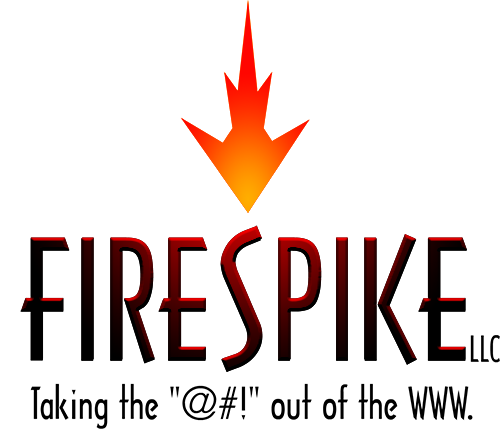The possibility of having your website hacked is a scary thing, but FireSpike stays on top of industry news to keep our clients safe. In reviewing Google’s Website Security report for 2016 the Firespike team noted our own work of Google’s listed known hacks, and seconds Google’s reminder that prevention is the best approach- rather than dealing with the aftermath.
State of Website Security in 2016
 First off, some unfortunate news. We’ve seen an increase in the number of hacked sites by approximately 32% in 2016 compared to 2015. We don’t expect this trend to slow down. As hackers get more aggressive and more sites become outdated, hackers will continue to capitalize by infecting more sites.
First off, some unfortunate news. We’ve seen an increase in the number of hacked sites by approximately 32% in 2016 compared to 2015. We don’t expect this trend to slow down. As hackers get more aggressive and more sites become outdated, hackers will continue to capitalize by infecting more sites.
On the bright side, 84% webmasters who do apply for reconsideration are successful in cleaning their sites. However, 61% of webmasters who were hacked never received a notification from Google that their site was infected because their sites weren’t verified in Search Console. Remember to register for Search Console if you own or manage a site. It’s the primary channel that Google uses to communicate site health alerts.
More Help for Hacked Webmasters
We’ve been listening to your feedback to better understand how we can help webmasters with security issues. One of the top requests was easier to understand documentation about hacked sites. As a result  we’ve been hard at work to make our documentation more useful.
we’ve been hard at work to make our documentation more useful.
First, we created new documentation to give webmasters more context when their site has been compromised. Here is a list of the new help documentation:
- Top ways websites get hacked by spammers
- Glossary for Hacked Sites
- FAQs for Hacked Sites
- How do I know if my site is hacked?
Next, we created clean up guides for sites affected by known hacks. We’ve noticed that sites often get affected in similar ways when hacked. By investigating the similarities, we were able to create clean up guides for specific known type of hack. Below is a short description of each of the guides we created:
Gibberish Hack: The gibberish hack automatically creates many pages with non-sensical sentences filled with keywords on the target site. Hackers do this so the hacked pages show up in Google Search. Then, when people try to visit these pages, they’ll be redirected to an unrelated page, like a porn site.
Japanese Keywords Hack: The Japanese keywords hack typically creates new pages with Japanese text on the target site in randomly generated directory names. These pages are monetized using affiliate links to stores selling fake brand merchandise and then shown in Google search. Sometimes the accounts of the hackers get added in Search Console as site owners.
Cloaked Keywords Hack: The cloaked keywords and link hack automatically creates many pages with non-sensical sentence, links, and images. These pages sometimes contain basic template elements from the original site, so at first glance, the pages might look like normal parts of the target site until you read the content. In this type of attack, hackers usually use cloaking techniques to hide the malicious content and make the injected page appear as part of the original site or a 404 error page.
Prevention is Key
As always it’s best to take a preventative approach and secure your site rather than dealing with the aftermath. Remember a chain is only as strong as its weakest link. You can read more about how to identify vulnerabilities on your site in our hacked help guide. We also recommend staying up-to-date on releases and announcements from your Content Management System (CMS) providers and software/hardware vendors.
Continue reading the full article at Google.
Contact us for information on how we can help you and what services fit your needs.


Follow Us!